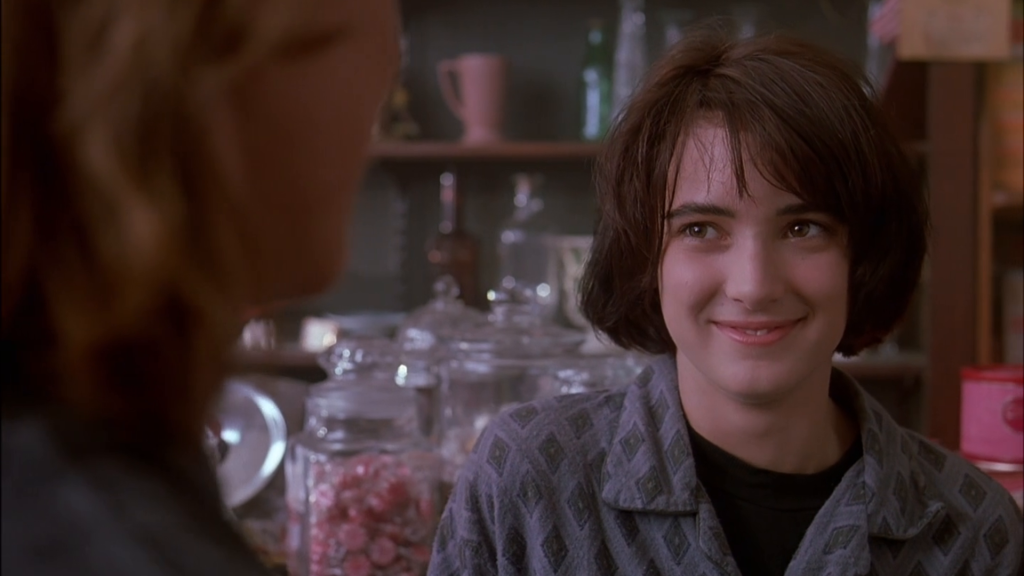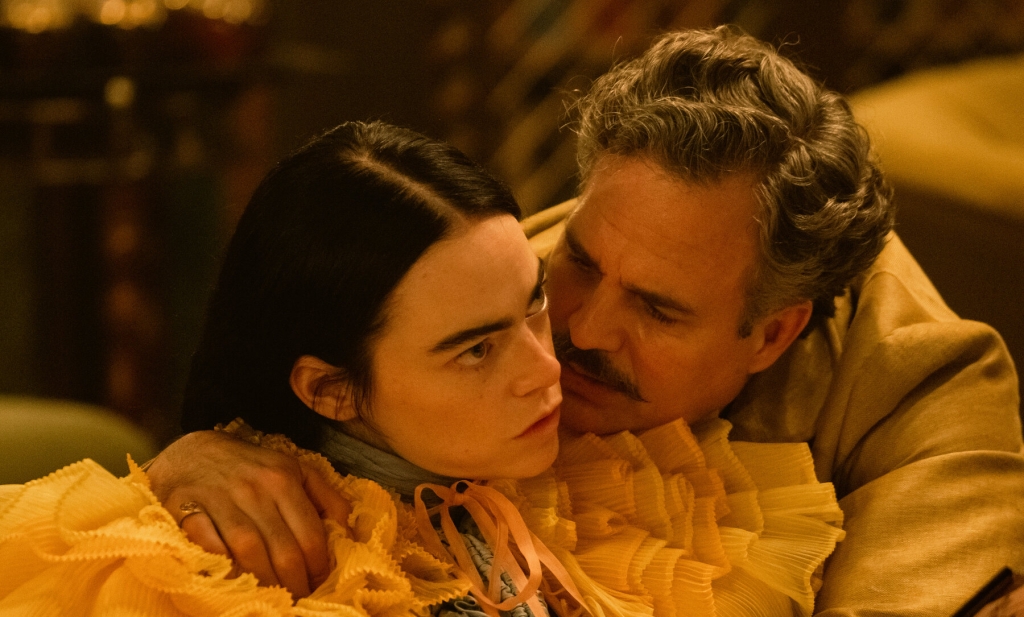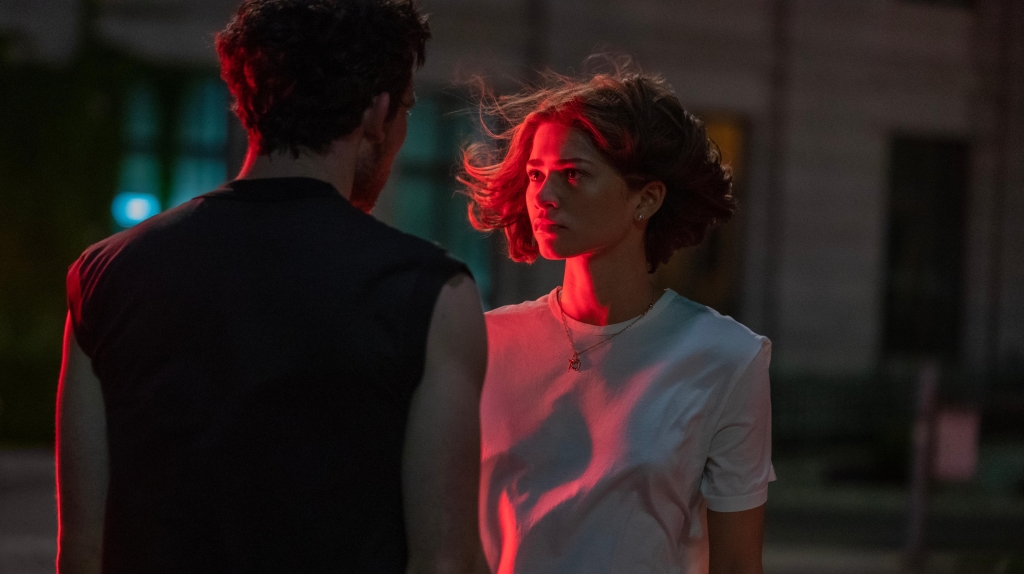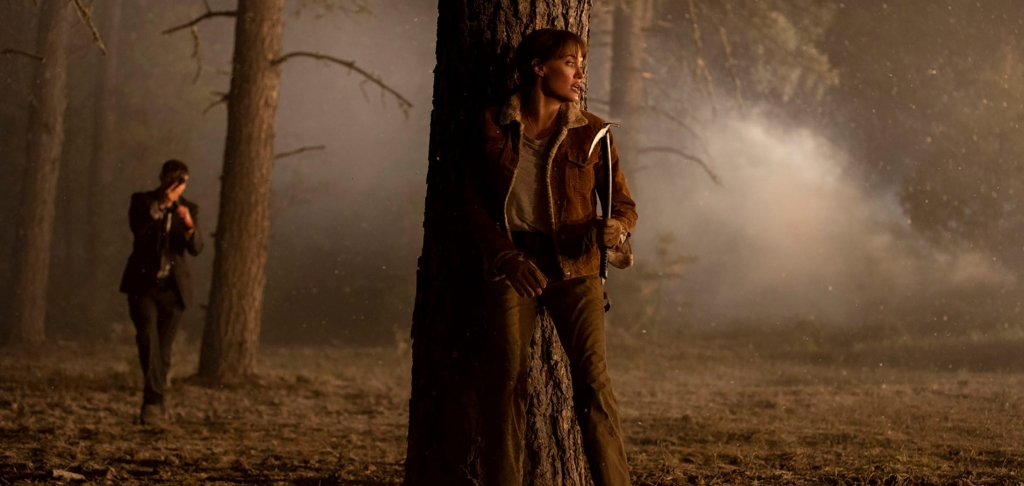 Audiences around the world know Godzilla – and the best audiences like him as well. Most people will also be aware that Godzilla is not the only giant monster to demolish Japanese cities on screen: in the Toho studio’s own Godzilla franchise there have been a raft of rival kaiju including Mothra, King Ghidorah, Rodan, and numerous other super-sized animals, creatures, and even plants. During the 1960s and 1970s, as the film industry struggled to compete with American imports and Japan’s fast-growing television productions, Toho stayed afloat in part because of an annual schedule of Tora-San comedies and Godzilla special effects films (known as tokusatsu).
Audiences around the world know Godzilla – and the best audiences like him as well. Most people will also be aware that Godzilla is not the only giant monster to demolish Japanese cities on screen: in the Toho studio’s own Godzilla franchise there have been a raft of rival kaiju including Mothra, King Ghidorah, Rodan, and numerous other super-sized animals, creatures, and even plants. During the 1960s and 1970s, as the film industry struggled to compete with American imports and Japan’s fast-growing television productions, Toho stayed afloat in part because of an annual schedule of Tora-San comedies and Godzilla special effects films (known as tokusatsu).
Daiei was a rival studio, one formed by the Japanese government during World War II but which had emerged as a producer of prestigious period dramas and samurai films. In 1950 Akira Kurosawa’s Rashomon won Best Picture at the Venice Film Festival, and three years later Teinosuke Kinugasa’s Gate of Hell received both the Foreign Feature Academy Award and the Palme d’Or. International acclaim, however, did not fill domestic theatres, and as audiences abandoned cinema for television Daiei went looking for reliable franchises of its own. The first major success was Zatoichi: The Blind Swordsman, which premiered in 1962 and was followed by 25 sequels up to 1989. The second was Gamera the Giant Monster, released in 1965, which attempted to copy Toho’s Godzilla formula with a kaiju of Daiei’s own.
A scientific expedition to the Arctic Circle unexpectedly releases a long dormant monster from its slumber. A giant fire-breathing turtle that can fly like a spinning flying saucer, Gamera soon targets power plants across the Japanese coast in an attempt to feed. With destruction in Gamera’s wake, a government project is enacted to either capture the monster or scare it away.
Gamera the Giant Monster actually stems from an earlier Daiei kaiju project about a plague of giant rats overrunning Tokyo. When production on that film collapsed, director Noriaki Yuasa was assigned to salvage the remaining assets and make whatever replacement film that he could. It is worth keeping that in mind when watching Gamera, as an already modest budget (in comparison to the Godzilla pictures) had already been mostly spent by the time Yuasa’s work started. The model work throughout the film is produced with integrity and talent for sure, but also with hardly any money.
Focus on the production values at it is easy to see why Gamera was adapted by Mystery Science Theatre 3000 not once but twice during its run. It is a convenient film to mock and deride, and while that is always a valid way to view the movie it belies its real value as a family-friendly monster story. While Godzilla began as a serious horror film before its sequels descended to outlandish plots and science fiction nonsense, Gamera is a charming all-ages romp from the outset. A critical sequence midway through the film, in which Gamera pauses his destructive rampage to save the life of a small child, immediately separates the giant turtle from his reptilian antecedent and builds him in sequels to being a much more heroic and friendly character.
There is also a pleasing touch of pop culture to the film, notably in one scene during Gamera’s Tokyo rampage. 1960s Japanese cinema had birthed the ‘sun tribe’ genre of youth films, in which wayward teenagers defied authority and expressed their independence through wild parties and American jazz music. In Gamera a policeman rushes into a nightclub in full swing, shouting at the dancing youths to run for their lives. ‘Who’s Gamera,’ says one of the dancers, adding ‘nothing’s going to stop this shindig!’, at which point Gamera flattens the entire building killing everybody stone-dead.
To be fair, the human performances are rather perfunctory. Yoshiro Uchida is a particular highlight as Toshio, a young boy who attempts to befriend Gamera after being saved from a collapsing lighthouse. It gives a specific child-like vibe the film, which separates it nicely from the more adult-oriented Godzilla casts. There is no denying that this is a derivative work – it clearly would not exist without Toho’s reptilian giant – but within that framework it does feel very much like its own thing. Several sequels followed before Daiei finally declared bankruptcy, although it was almost certainly a new trilogy of 1990s Gamera films that sealed the series’ reputation.





Leave a comment